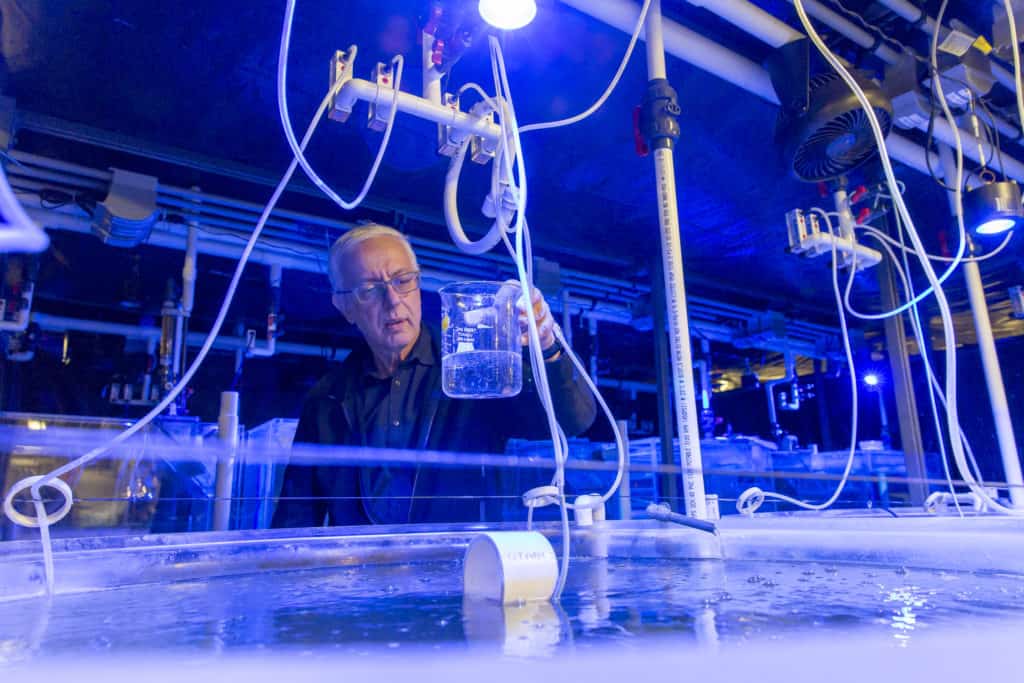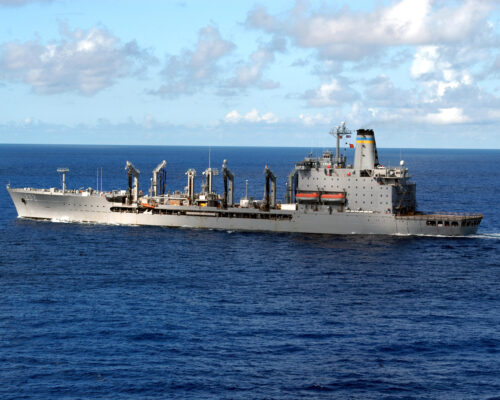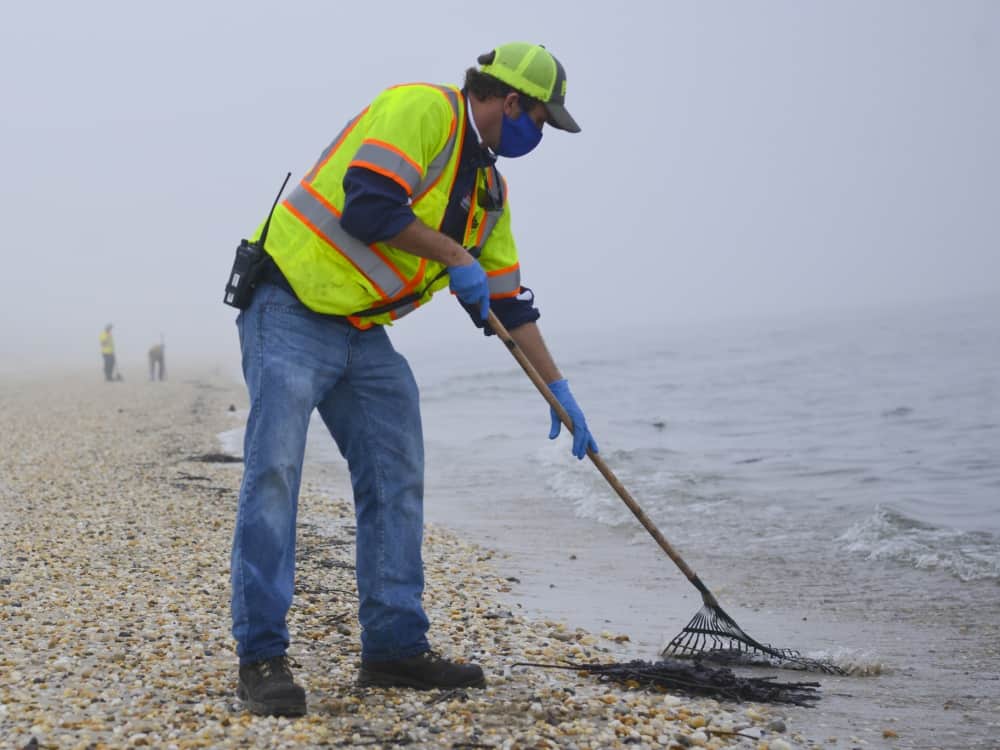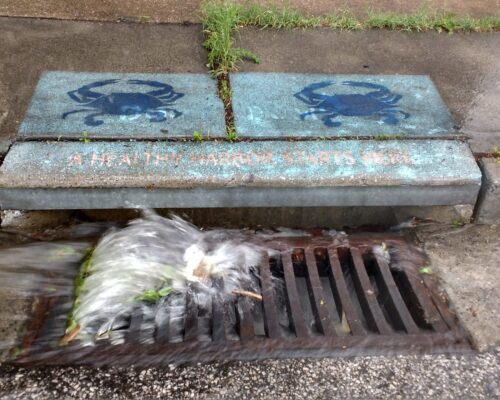Something big is coming to Maryland’s Eastern Shore, in the form of a 26-acre building filled with 500,000-gallon tanks. Inside the tanks, farm-raised Atlantic salmon will be harvested for sale across the United States.
A new partnership between Norwegian aquaculture company Aquacon AS and the University of Maryland Baltimore County’s Institute of Marine and Environmental Technology (IMET) will bring an entirely new industry to Maryland’s Eastern Shore: land-based salmon farms, in which the operation is entirely inside a massive warehouse where fish are grown with virtually zero waste.
The collaboration includes three phases of Eastern Shore facilities for an estimated $1 billion new industry. Each one comes with a $300 million investment. The first of the three facilities is to be built beginning in 2021 in Federalsburg, Caroline County, along Marshyhope Creek.
The facility, roughly the size of 34 football fields, will use cutting-edge green technology developed by Dr. Yonathan Zohar, Director of Aquaculture Research, and his colleagues at IMET. The fish will be grown in tanks filled with “instant seawater” manufactured to exact specifications. Dr. Zohar tells Bay Bulletin the water is recycled, cooled and reused with almost zero discharge (and they mean almost zero: AquaCon says 99.994% of the operation’s water will be reused).
But what about the waste? Dr. Zohar explains that tiny microbes from the marine environment remove dissolved waste from the water, working as beneficial microorganisms. And the solid waste (sludge) created during salmon farming will be converted into energy in the form of fuel-grade methane. That helps offset operations costs at the facility, as will solar panels that cover the entire roof of the huge warehouse.
The concept of a contained salmon farming operation that won’t hurt the local environment (in this case, a Chesapeake Bay ecosystem), seems like a no-brainer compared to traditional floating net pens that release waste into waterways. The controlled environment also allows salmon to grow to market size more quickly, without pathogens, pollutants or heavy metals.
AquaCon CEO Paal Haldorsen tells Bay Bulletin it is “by far the most green salmon aquaculture plant built…focused on sustainability, salmon welfare and low [carbon] footprint.”
AquaCon couldn’t launch the project without Dr. Zohar’s 40 years studying aquaculture, including 20 years running research and development on land-based fish farming systems. Maryland’s Eastern Shore was chosen for the operation site, in part, because of its proximity to IMET (located across from the National Aquarium at Baltimore’s Inner Harbor). The Eastern Shore also made a great choice, Zohar points out, because of its deep ties with the seafood industry. “Maryland is very open to aquaculture.”
AquaCon hasn’t finalized locations of the two remaining Eastern Shore facilities, but the company says it is looking closely at Cambridge. The region will see hundreds of new jobs, both at the large facilities themselves and within processing operations that will need to be located nearby. AquaCon estimates it can support 500 jobs when all three facilities are up and running at full production.
The positive economic impact extends to the national economy, too: Currently, the U.S. imports 95% of its salmon from countries like Norway and Chile, to the tune of $3.4 billion. The AquaCon operation will produce an estimated 50,000 metric tons of salmon each year between all three facilities.
AquaCon says there are still several steps between now and the start of construction, but Haldorsen doesn’t see “any hurdles that will hinder the project.”
“Our communication with both local and state authorities is close and constructive. We are in process with the various permit applications with a planned construction start in the second quarter of 2021.”
-Meg Walburn Viviano




